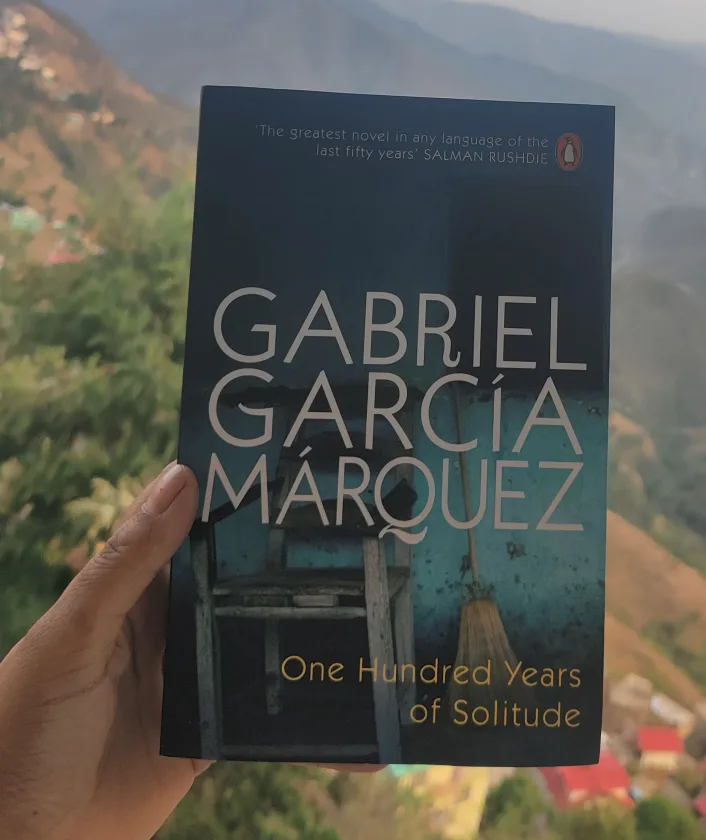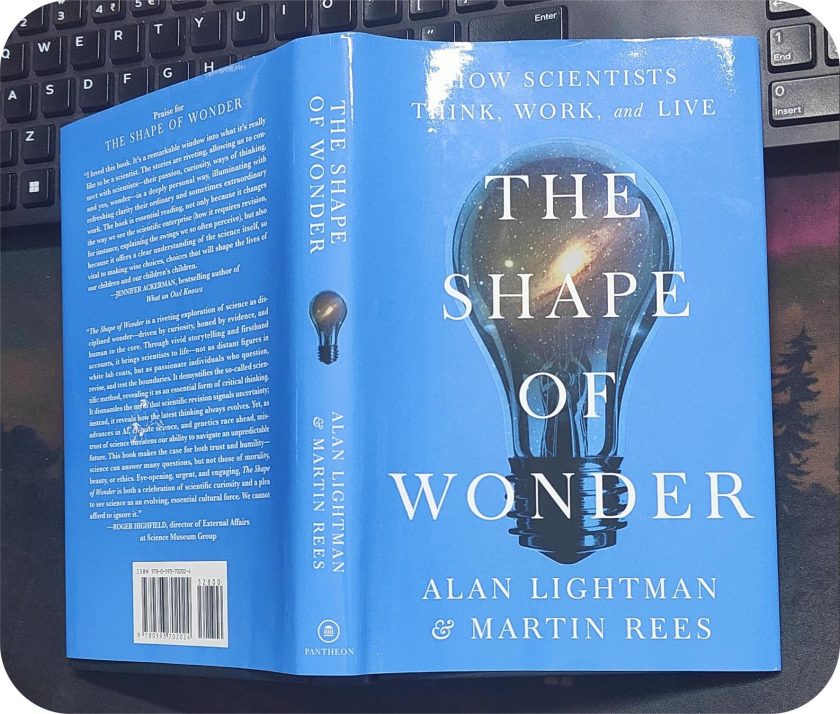
I have love-hate kinda relationship with “A Hundred Years of Solitude”. The book was written by Nobel laureate Gabriel Garcia Marquez in 1967. It felt like I had been “reading” this manuscript for a “100 years”.
Before picking up this book, I had just finished “Pedro Páramo” by Juan Rulfo, which captivated me with its brevity and intensity. These two books are often compared for their exploration of similar themes such as memory, history, and the supernatural, in a mix of magical realism.
Although “A Hundred Years of Solitude” weaves a complex tapestry, “Pedro Páramo” left me spellbound with its haunting simplicity.
First thing first, I felt as if the storyline is okay with incest, rape, paedophilia, and this totally put me off. I didn’t feel like completing it. But then I remember this quote by David Mitchell (from Cloud Atlas) “A half-read book is a half-finished love affair”… so I decided to give it another chance, hoping to understand its deeper themes or messages despite my initial discomfort with its content. But now I feel, the storyline, isn’t that boring after all. The magical realism aspect is too good to be left un-read or un-seen. No wonder the novel is Márquez’s magnum opus.
The Plot
The storyline revolves around Buendias. The patriarch Jose Arcadio Buendia leaves his original home along with his wife and couple of friends and finds a riverside place Macondo. Initially the place is inhabited by just 20 households, which of course grew with time. This little place is untouched and not discovered by the outside people, hence the innocence is contained (at least for some time). But then the eccentric gypsies come to the town, bringing-in new discoveries and news of the outside world.
Slowly and stealthily, Macondo begins to evolve. From a mere handful of houses, the village becomes a pulsating home for 300 locals. And until then, no one dies from any household. Gradually, the village experiences commercialization, businesses start to thrive giving way to immoral behavior, familial misconduct, mismanagement, oppression, conflicts, flood and ultimate destruction by natural forces.
After the civil war, Macondo experiences the incoming of the foreign powers. The white capitalists take over the town. New rules and regulations come into being. There is a massive shift from local to global exploitation. For instance, the start of banana cultivation signals the onset of economic exploitation. When workers organize a strike to protest their harsh conditions, they are met with a massacre aimed at suppressing their uprising.
Foreign imperialism in Macondo involves the manipulation of natural resources and the harsh repression of worker resistance. This exploitation had profound personal consequences for José Arcadio Segundo, who was deeply affected by his involvement in the struggle against it.
Unforgettable Characters of Macondo
Now, in between, we experience the lives of people, some goes through interesting progression, while some remain a puzzle. But overall, the book captures the essence of human complexity and diversity, shaping our understanding of Macondo through unforgettable characters, some of whom I’d like to mention:
- Melquíades, the mysterious figure, with his enigmatic wisdom he serves as a catalyst for transformative events in the Buendía family’s tumultuous history.
- The enterprising but eccentric patriarch, José Arcadio Buendía, becomes consumed by his ambitious ventures, employing unconventional methods.
- The morally upright matriarch Ursula, who is always standing for what she feels is right. Throughout the novel she serves as a moral anchor for the entire Buendía family.
- The clairvoyant Pilar Ternera possesses mystical foresight. Initially I didn’t think highly of her, but as the plot progresses, with her guidance and insights, she becomes an indispensable figure in the unfolding events of the story.
- The courageous Colonel Aureliano Buendia, emerges as a brave and resolute leader. Through him we were able to experience the tumultuous political landscape of Macondo and the contemporary times.
- The tragic figure Rebeca, she epitomizes turmoil and misfortune.
- Petra Cotes, with her unabashed sensuality and exuberance, wields a profound influence over the lives and fortunes of those around her in the town of Macondo.
- The puritanical Fernanda, the wife of Aureliano Segundo. She tries to impose order and propriety on the Buendía family through her traditional values. However, her efforts go down the drain as her life is filled with personal tragedies and unfulfilled ambitions.
- The beauteous Remedios, her presence creates emotional turbulence while eventual disappearance deeply affects those around her.
- The tragic Meme (Renata Remedios) is a beautiful and strong-willed young woman but her life is full of heartbreak and disappointments.
- The gluttonous Aureliano Segundo lives a life of excess and pleasure. His lifestyle stands in stark contrast to the more reserved members of his family.
- The stubborn Amaranta is largely guided by her personal grievances, leading her to spend most of her life in unresolved conflicts and personal turmoil.
I’d also like to mention that the repetition of names across generations were confusing. The presence of multiple Aurelianos, José Arcadios, and Remedios created some difficulty in keeping track of the characters. More distinct names would have been easier and more convenient. I had to draw myself a diagram by the time I reached to sixth Aureliano. Just as there are more than ten ways to pronounce or write a Russian name, this is a nuance I experienced while reading Dostoevsky‘s works.
Having said that, I recall there is a family tree provided by the author at the beginning of the book. The purpose of which, is to convey to us that cycles of history, fate, or familial repetition play a significant role in the narrative. In a way, it hints at the interconnectedness of the characters across generations and how their stories are intertwined. So, I suppose I’m now at peace with the idea of similar names appearing across generations in the novel.

Takeaway
Before reading this book, I had experienced Rulfo’s “Pedro Páramo”, so the elements of superstition and the paranormal in García Márquez’s novel felt familiar and resonated with me. This familiarity enhanced my appreciation for the way these themes are interwoven into the narrative.
As I progressed further into the story, I was drawn into the minds of the characters, as well as the vivid portrayal of Macondo. Each chapter was rich with new levels of complexity and beauty, making my reading experience both immersive and thought-provoking.
By the end of the book, we realize how solitude permeated seamlessly both into the life of José Arcadio Buendía and the fate of geographically secluded, Macondo. This interconnectedness between the two highlights the novel’s exploration of human loneliness and connection. Now, I can say with confidence that Marquez took us, individually, on an astounding journey into his world, which he calls “One Hundred Years of Solitude”. The book is a must-read for everyone, at least once in their lifetime.




[…] Book Review: A Hundred Years of Solitude by Gabriel Garcia Marquez […]